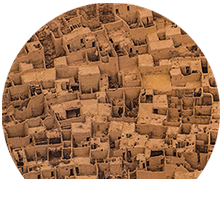BACK TO HOMEPAGE
0

0



















BACK TO HOMEPAGE
TOP OF PAGE
NEXT

- Share -



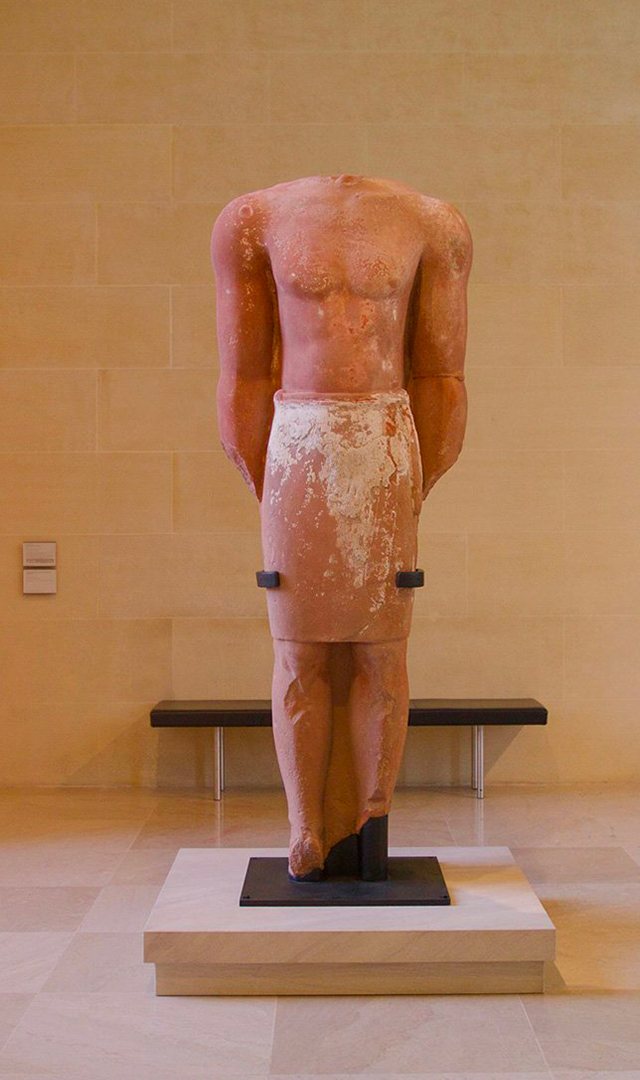


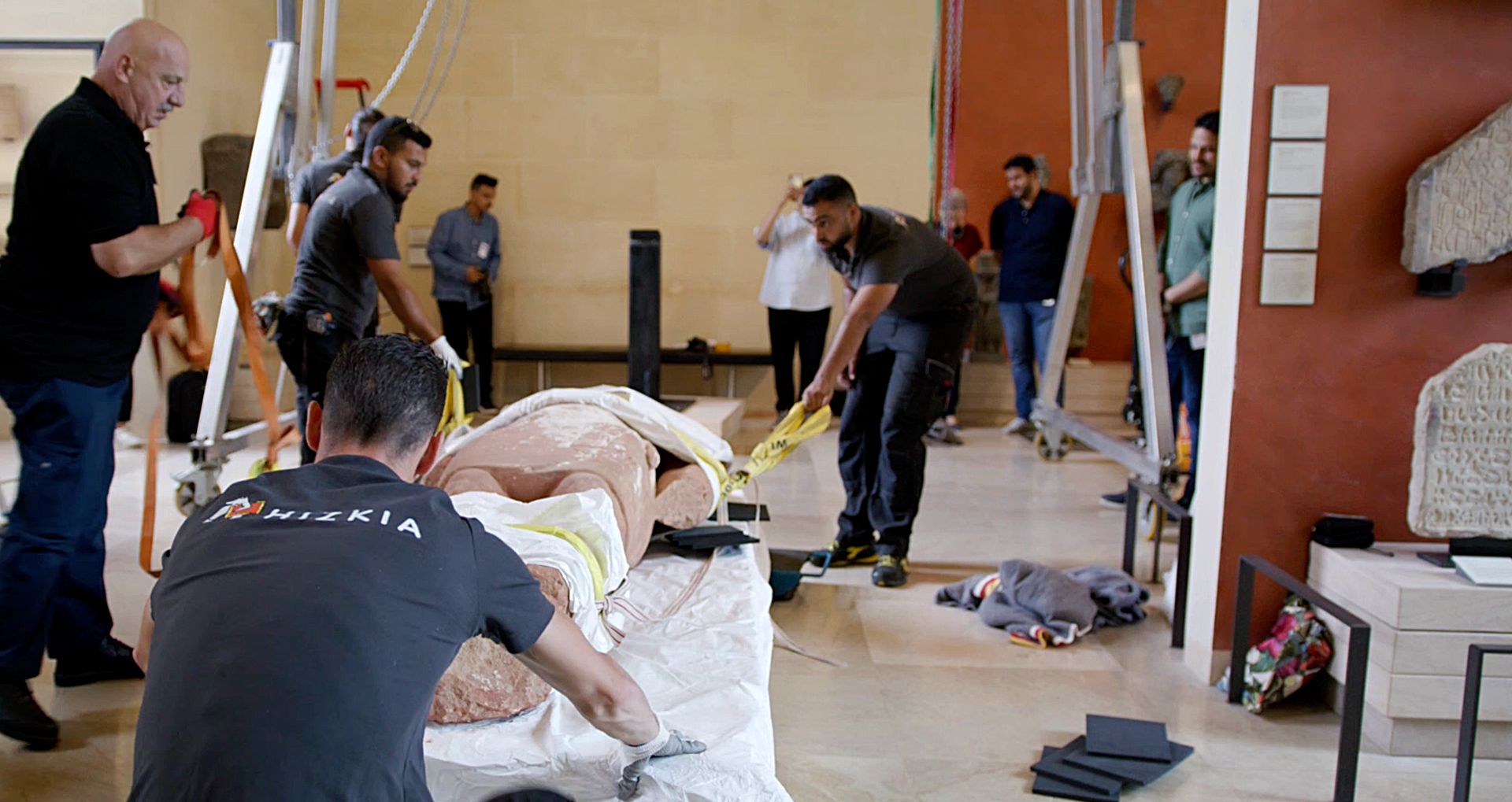


“ We are delighted to be able to present this masterpiece to visitors to the Louvre. This exceptional long-term exhibit enables us to fill a particular historical gap in our museographic journey of the Arabian Peninsula and to reveal a Saudi archaeology that has long remained terra incognita for most of the general public. ”
Marianne Cotty,
Curator at the Musée du Louvre
The Dadan colossus, an impressive Lihyanite statue, has been entrusted to the Musée du Louvre for the next five years by the Royal Commission for AlUla (RCU). It can be admired by all from September 2022 until September 2027, in room 314 of the Near Eastern Antiquities department. The sculpture was previously exhibited at the Louvre in 2010 as part of the Roads of Arabia exhibition. It was a first since its initial discovery and restoration in France, and the starting point of a long journey around the world:
at the Louvre Abu Dhabi from November 2018 to
February 2019, then in Rome, Berlin, Paris, Barcelona,
Saint-Petersburg, Houston, Tokyo... and finally Paris
once more!

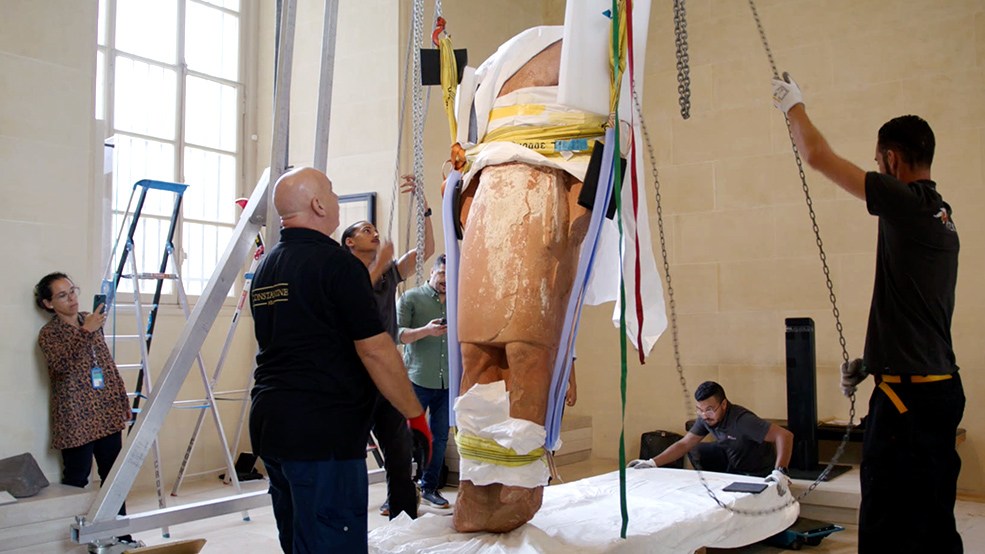
“ This loan reflects the wish of the Royal Commission for AlUla to open the archaeological heritage of Saudi Arabia to the wider world. The Louvre is, in this respect, both a committed partner and a symbol of this wish, with its millions of visitors each year. ”
Dr. Abdulrahman Alsuhaibani,
Archaeologist, Co-director of the Dadan Archaeological Project
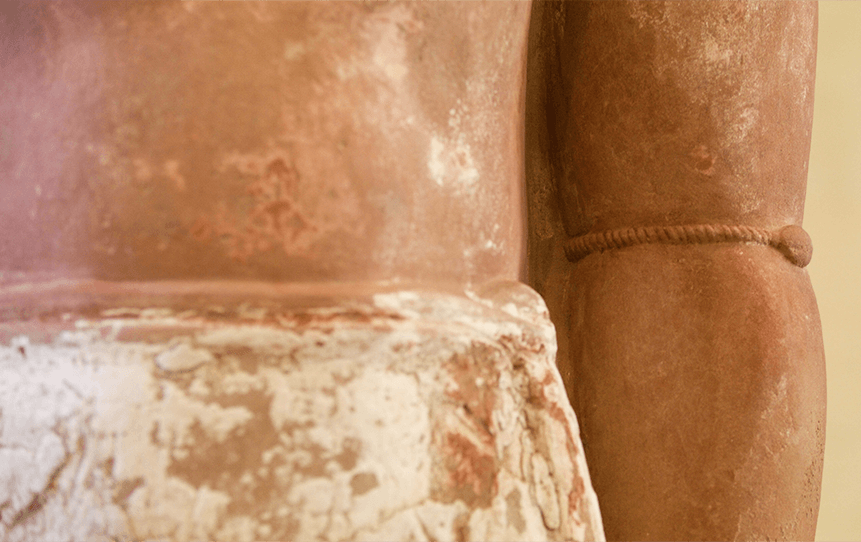

It was during archaeological excavations carried out between 2005 and 2007 by King Saud University that an immense sandstone statue, dated between the 5th and 3rd centuries BC, was discovered in the sanctuary of Dadan. We can see a male figure, standing in a static frontal pose, arms aligned along the body. Although incomplete (the head is missing), the sculpture is nonetheless impressive. Measuring more than two meters, it probably represents a king – if not a priest or a praying figure - of the ancient kingdom of Lihyan. The detailed treatment of the muscles of the torso or the abdomen testifies to a remarkable craftsmanship, characteristic of Lihyanite statuary. Its style, eminently original for the region, reflects the beginning of the artistic influence of Egypt, ancient Greece or the Middle East. Similar statues have already been exhibited in Paris as part of the AlUla, wonder of Arabia exhibition, organized in 2019 at the Institut du monde arabe (IMA).


TIMELINE

Located at the crossroads of continents, the AlUla valley has been, for millennia, an incredible civilizational crossroads, with each era having left behind examples of an exceptionally rich heritage. The site would originally have been occupied by hunter-gatherers in the Paleolithic age, before they finally took advantage of the natural resources of the valley, settling there around 2,600 years ago.
The oasis is said to have motivated the growth of Dadan, a powerful capital, fueled by agriculture and long-distance trade, in the first half of the first millennium BC. Control of Dadan then passed to the kings of the Lihyan tribe, who ruled the region for several centuries. Of this brilliant civilization, practically unknown to the general public, only a few huge statues remain, including the Dadan colossus currently on display at the Louvre. It is a rare testimony to the richness of the relations established by the pre-Islamic kingdoms of Dadan and Lihyan with the Levant, Mesopotamia and even Egypt.



From the 7th century AD.
Islamic period

2nd century to 3rd-4th century AD.
Roman presence

1st century BC. > 1st century AD.
Nabataean kingdom

9th century BC. > 1st century BC.
Ancient kingdoms of Northern Arabia

2 600 BC.
Settlement of previously nomadic populations




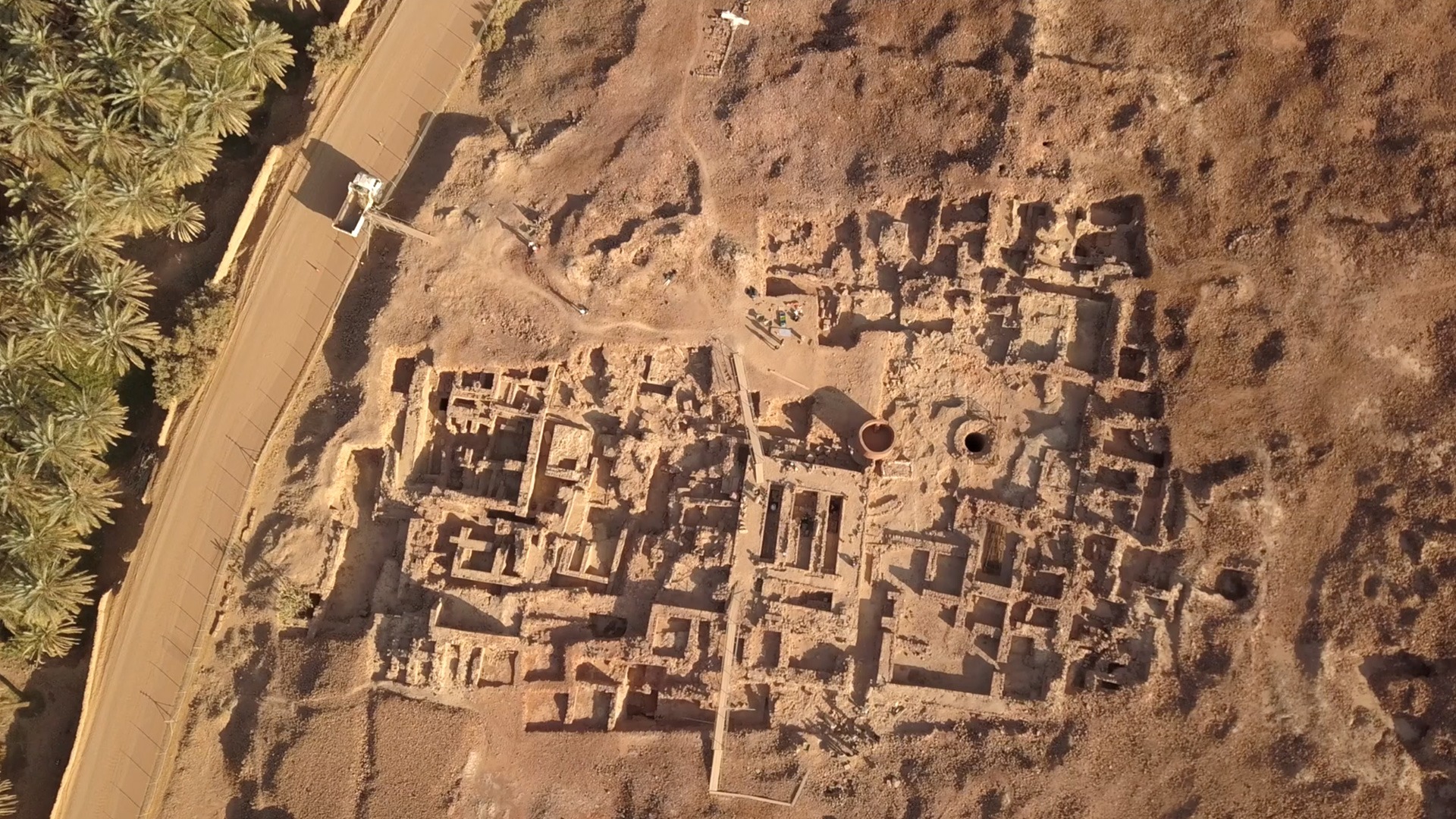

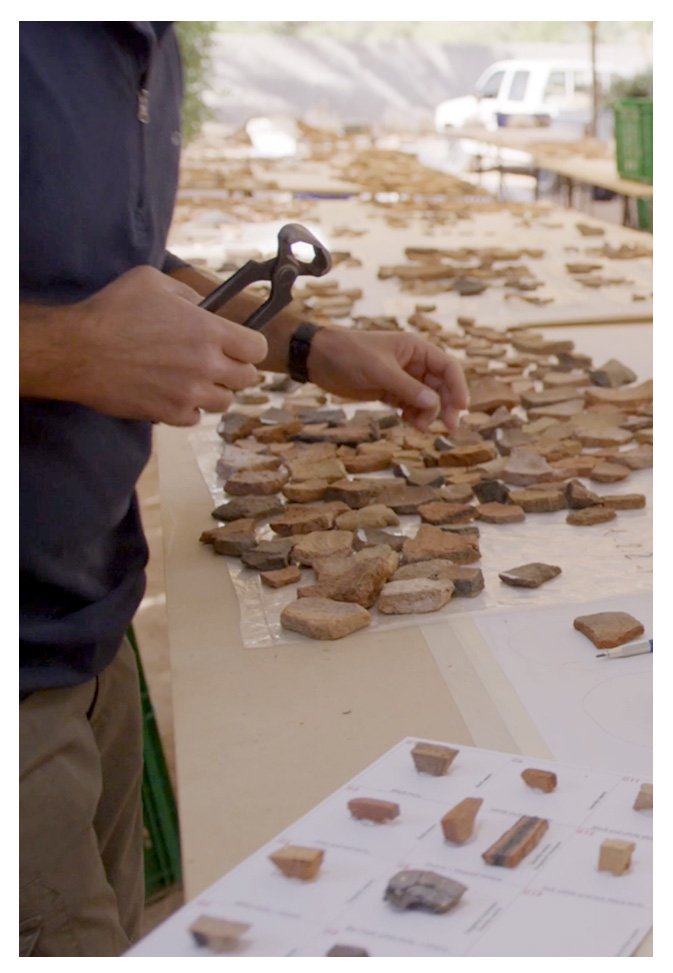

DISCOVER


COMPLEMENTARY EXPERTISE
An open-air living museum, AlUla also presents an extraordinary field of exploration for archaeologists and researchers. After the signing in 2018 of a Franco-Saudi agreement for the enhancement of the site, several excavation and heritage study missions were launched, mobilizing more than 120 on-site archaeologists of various different nationalities. Not only is it the largest archaeological excavation site in the world, but it is also the most important cultural partnership concluded between Saudi Arabia and France to date. One of the missions is focusing on Dadan, with the objective of better understanding Dadanite society, its organization, its religion and the economic importance of the city.
The research work is the subject of close collaboration between the CNRS and King Saud University, which is aiming to train the future generation of Saudi archaeologists there.

DISCOVER


Director of Archaeology
& Heritage
INGRID
PÉRISSÉ-VALÉRO
3 QUESTIONS TO ...



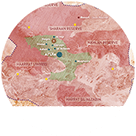



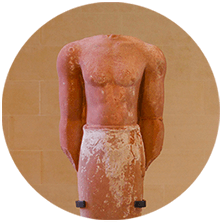

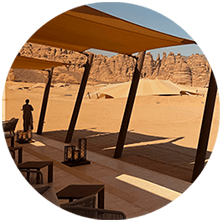


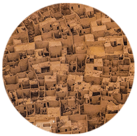




GO TO AFALULA.COM
READ PREVIOUS ISSUES
Subscribe to the newsletter




